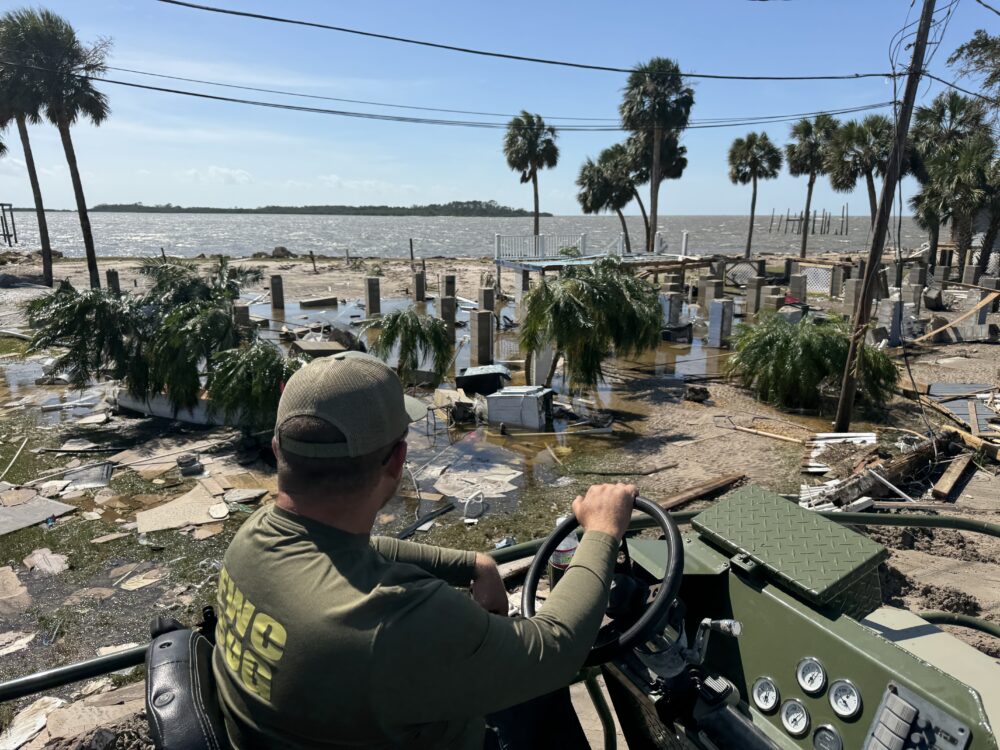We have much more to do and your continued support is needed now more than ever.
5 Species Impacted by Australian Wildfires

Catastrophic mega-fires have scorched large swaths of land across Australia, leaving behind devastated communities and habitats. Though wildfires are nothing new in Australia, this year’s fires—fueled by soaring temperatures and drought conditions—are raging at an unprecedented scale and have been particularly brutal for wildlife.
Scientists estimate over a billion animals have been impacted, either directly lost in the flames or faced with the utter destruction of their habitat. And that’s just mammals, birds, and reptiles. The cumulative loss of other groups of wildlife such as amphibians and invertebrates is unknown.
Let’s take a closer look at five species affected by Australia’s deadly wildfires.
Koalas
Koalas have become the “poster animal” for this wildfire crisis. These well-known and beloved marsupials live in Eastern Australia, where they feed on the leaves of eucalyptus trees and rarely leave the treetops. Koalas are slow-moving yet require an abundance of habitat—up to 100 trees per animal. The recent fires have ravaged koala habitat and left creek beds dry. Experts are particularly worried about the devastation on Kangaroo Island, in South Australia, where half of the island’s koala population may have perished.
Glossy Black Cockatoos
Glossy black cockatoos on Kangaroo Island feed solely on the seeds of mature she-oak trees. These trees are highly sensitive to fire and have been decimated in the recent wildfires. Fewer than 400 of these unique birds existed before the recent fires, which have destroyed critical food sources and nesting sites, leaving the cockatoo’s long-term survival in serious question.
Wombats
Wombats create large underground networks of tunnels and burrows—which can also provide emergency refuge for other creatures caught in the wildfires. Many other species have been documented shelter in wombat burrows, from echidnas to lizards to mice and even small wallaby species, and there are reports of wildlife escaping the current raging wildfires by taking refuge there.
Wombats themselves seem to have largely escaped the flames by staying underground, but the lack of food and shelter in the now-burned landscape is the next challenge they—and their tenants—now face.
Green Carpenter Bees
Australian green carpenter bees, already imperiled due to past fires, pesticides, and development, are now in an even more precarious position. The only remaining population of this species in South Australia is found on Kangaroo Island and is at particular risk from wildfires. Fire destroys the banksia plants that these bees use for nesting. It can take thirty years for banksia plants to become usable as bee nesting sites, and much of this habitat has already been lost to wildfires in 2007.
Experts worry the current fires may lead to the total loss of the green carpenter bee on Kangaroo Island. No one yet knows what the total impact the fires will have on Australia’s 250,000 insect species (many of them still undescribed by science).
Wallabies
Brush-tailed rock-wallabies use their powerful legs to bound at high speeds, helping them seek refuge from wildfires in higher, rocky areas. Once the fires pass, however, this imperiled species faces starvation in the charred landscape with no food to eat. Though some animals might have escaped death in the flames, they’re not out of danger and can become victims of the long-term habitat destruction of the wildfires. Rescuers in Australia’s New South Wales tried a creative solution to help—they airdropped thousands of pounds of carrots and sweet potatoes to feed the hungry animals.
What Can Be Done
The catastrophic wildfires in Australia are devastating for species across the continent and utterly heartbreaking.
These mega-fires may seem far removed from us here in the United States, but they—like the California and Western wildfires we’ve seen in recent years—underscore how the climate crisis and wildlife crisis are closely intertwined.
The National Wildlife Federation is working diligently to address the root cause of devastating wildfires—seeking to protect the communities and wildlife we hold dear. Restoring wildlife habitat is just one way we can take climate action and improve our communities’ resilience to climate-fueled disasters.
If we don’t act on climate, the consequences for people and wildlife alike will be devastating. These raging infernos should be a clarion call that it is now more urgent than ever for our leaders at both the state and federal levels to take action for people and wildlife.
Take Action!





















